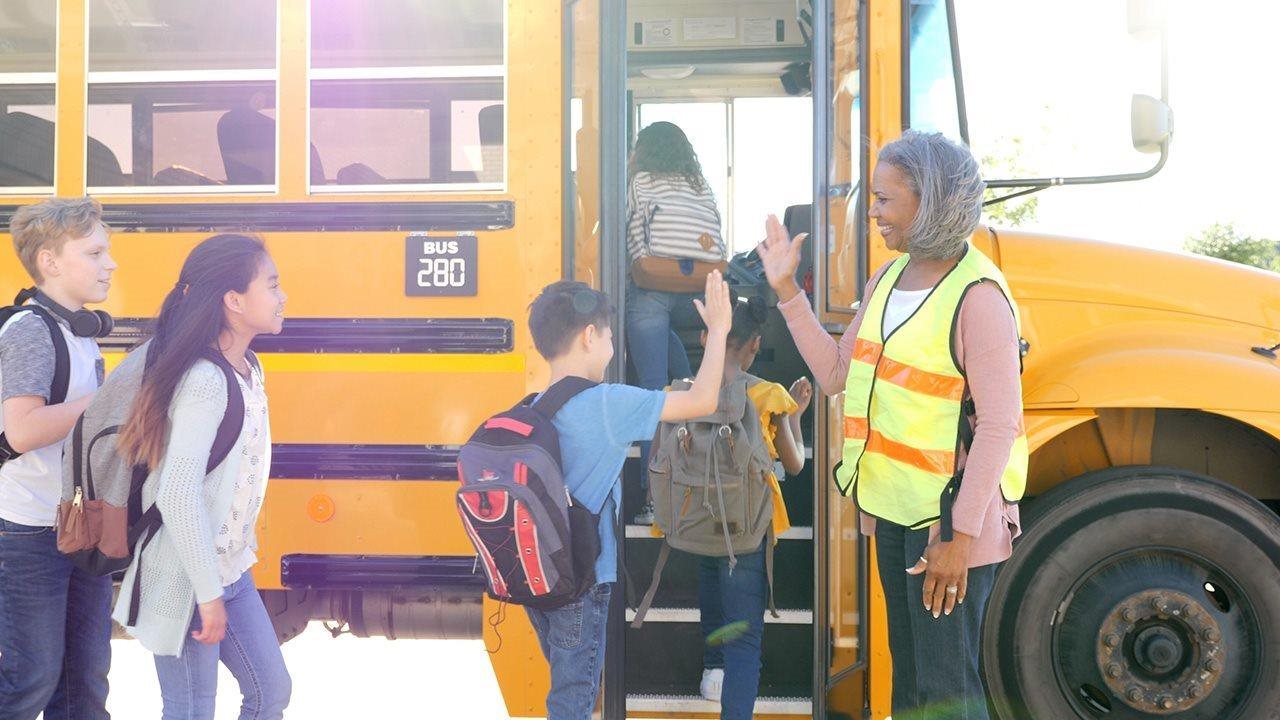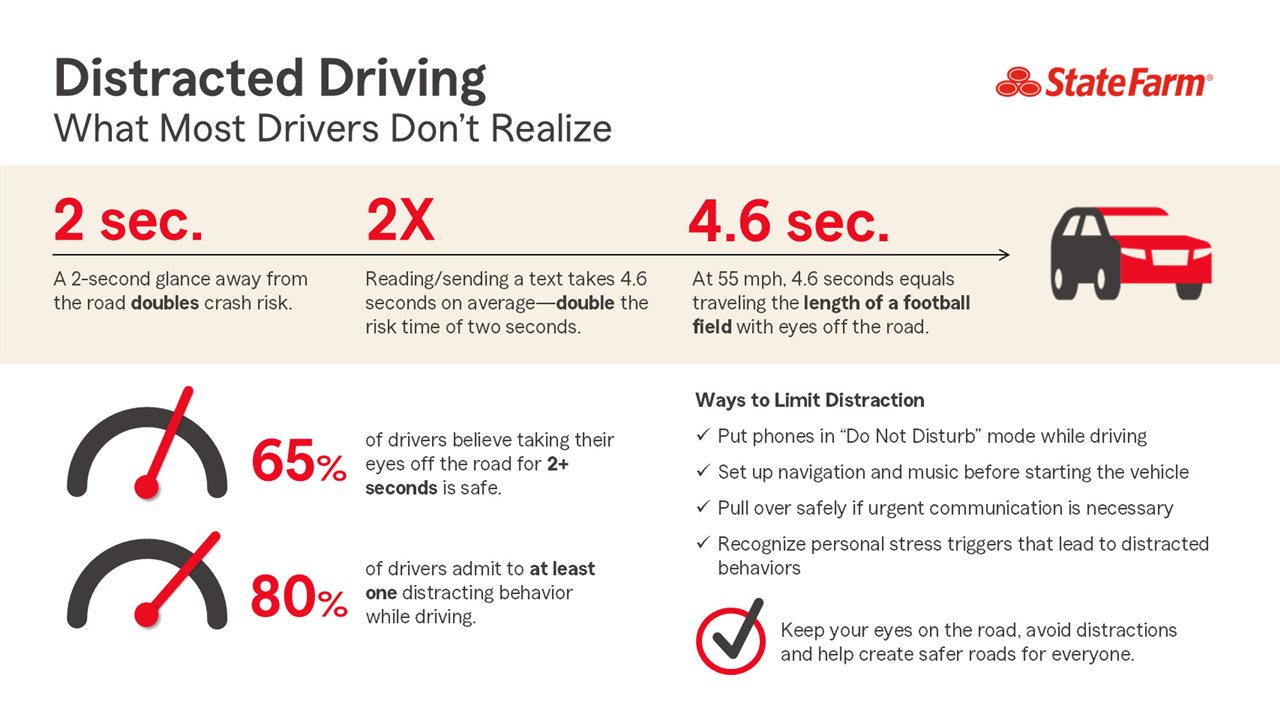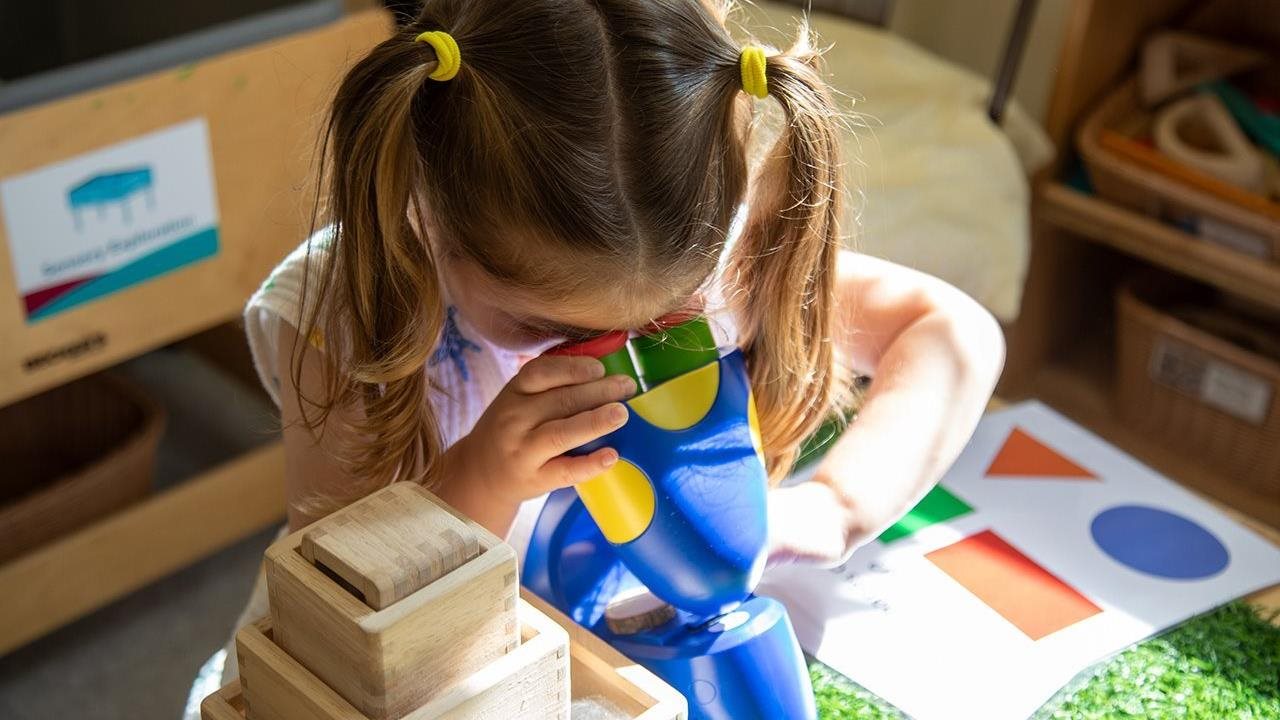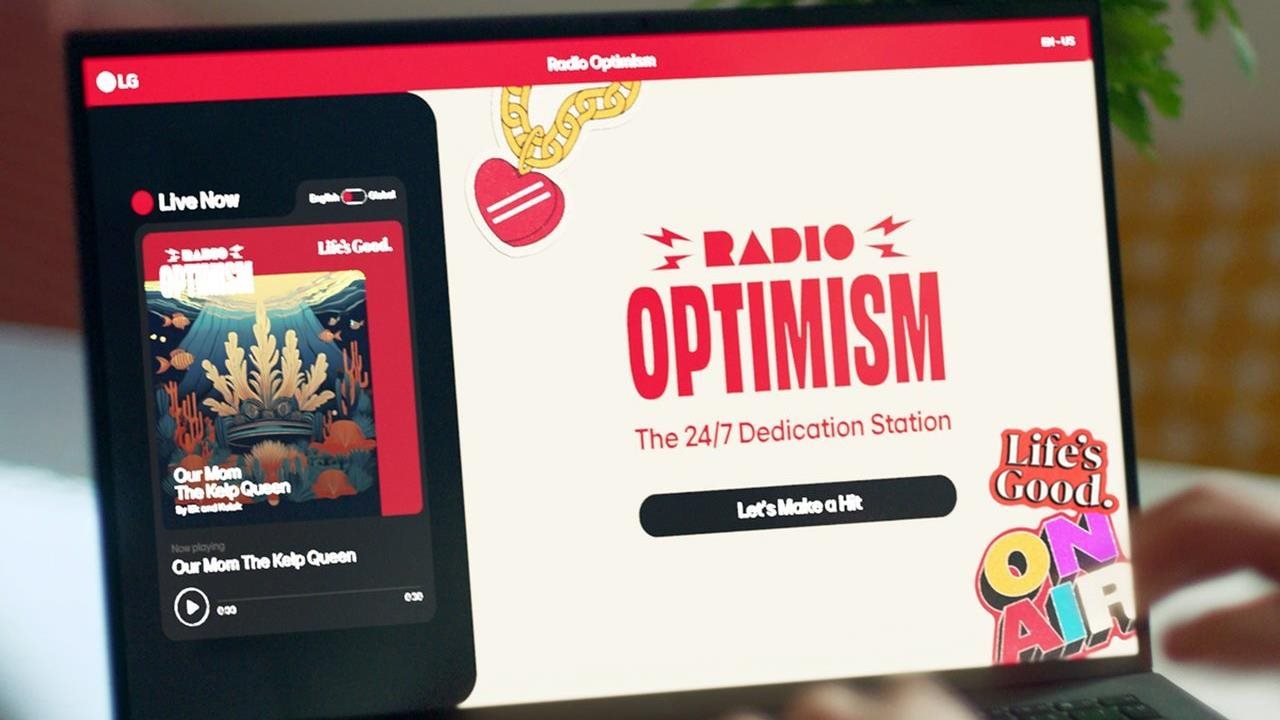2025-08-20T14:03:00
(BPT) – By Mary Hines Droesch, Head of Consumer, Small Business & Wealth Management Banking and Lending Products at Bank of America
The new academic year is here, and for many students and recent graduates, it’s not just about textbooks and new routines — it’s also a crash course in personal finance. From managing tuition and living expenses to navigating first paychecks and credit decisions, the learning curve can be steep. In fact, new data from Bank of America found 88% of Americans wish they’d learned some aspect of financial literacy in school, whether it’s how to budget and save or how to manage debt.
The back-to-school season isn’t just about hitting the books; it’s also a prime opportunity to master your money. Whether you’re returning to campus or embarking on your post-graduation journey, here are five tips to help you build smart financial habits that will set you up for a brighter financial future:
1. Build your emergency fund
Get ahead of life’s unexpected expenses — from medical emergencies to car repairs — by setting aside a portion of each paycheck as dedicated emergency savings. Even small, consistent contributions from a part-time job, internship or even gift money can make a huge difference over time. Aim to build up to at least three months’ worth of living expenses. An emergency fund provides a crucial safety net, preventing you from going into debt when life throws a curveball.
2. Create a realistic budget that evolves with you
Whether you’re just stepping into the workforce or juggling a part-time job or internship, a realistic budget that evolves with you is essential to make the most of the money you earn. More than two in five students (41%) say they expect to have increased financial responsibilities and a tighter budget post-college, making it even more important to plan ahead.
A budget gives you control over your money, reduces financial stress, and lays the foundation for a secure financial future. Start by tracking your income and expenses and be honest about your spending habits. Then, look for areas where you can cut back — maybe it’s dining out less, finding student discounts, or opting for free entertainment. The goal isn’t to deprive yourself, but to create a budget that works for your lifestyle and can easily adapt to your changing needs and goals.
3. Take advantage of automatic savings and digital tools
Automatic savings tools can be a seamless way to build up your savings without even thinking about it. One option is to “pay yourself first” by automatically transferring a portion of every paycheck directly to your savings before you spend on anything else. You can also take advantage of solutions like the Bank of America Keep the Change® program, which rounds up the price of every debit card purchase to the next dollar and automatically adds it to your savings account. Watching your balance grow can keep you motivated and on track toward your financial goals.
Pair these with digital tools that help you see where your money is going and stick to your budget. For example, Bank of America’s mobile app offers Life Plan, a personalized digital experience that helps you set and track near- and long-term goals based on your priorities, along with step-by-step guidance and educational advice to keep you moving forward.
4. Understand the responsibility and benefits of building credit
Building credit is an important step for milestones like renting an apartment or buying your first car. When used responsibly, a credit card can help you build your credit history. Start with a student credit card and only make purchases you can pay off in full every month. Since your payment history makes up the largest part of your credit score, it’s important to pay your bills on time and in full every month.
5. Integrate financial planning into your routine
With academic demands and social lives, adding “financial planning” to your to-do list might seem overwhelming. The trick is to integrate it seamlessly. Set aside 15-30 minutes once a week to review your budget, check your balances and track your progress. The more you make it a regular, low-effort habit, the less stressful it becomes, and the more confident you’ll feel about your financial future.
Embracing these smart financial habits will empower you to manage your money confidently and help you build a strong foundation for long-term financial success. Your future self will thank you.











